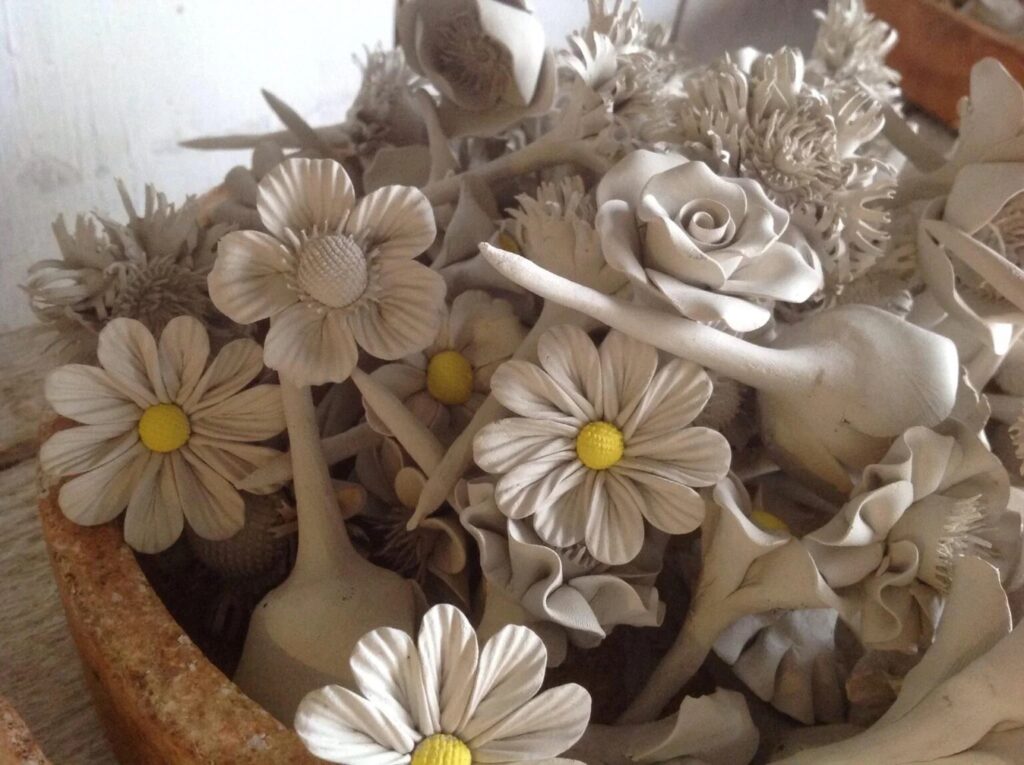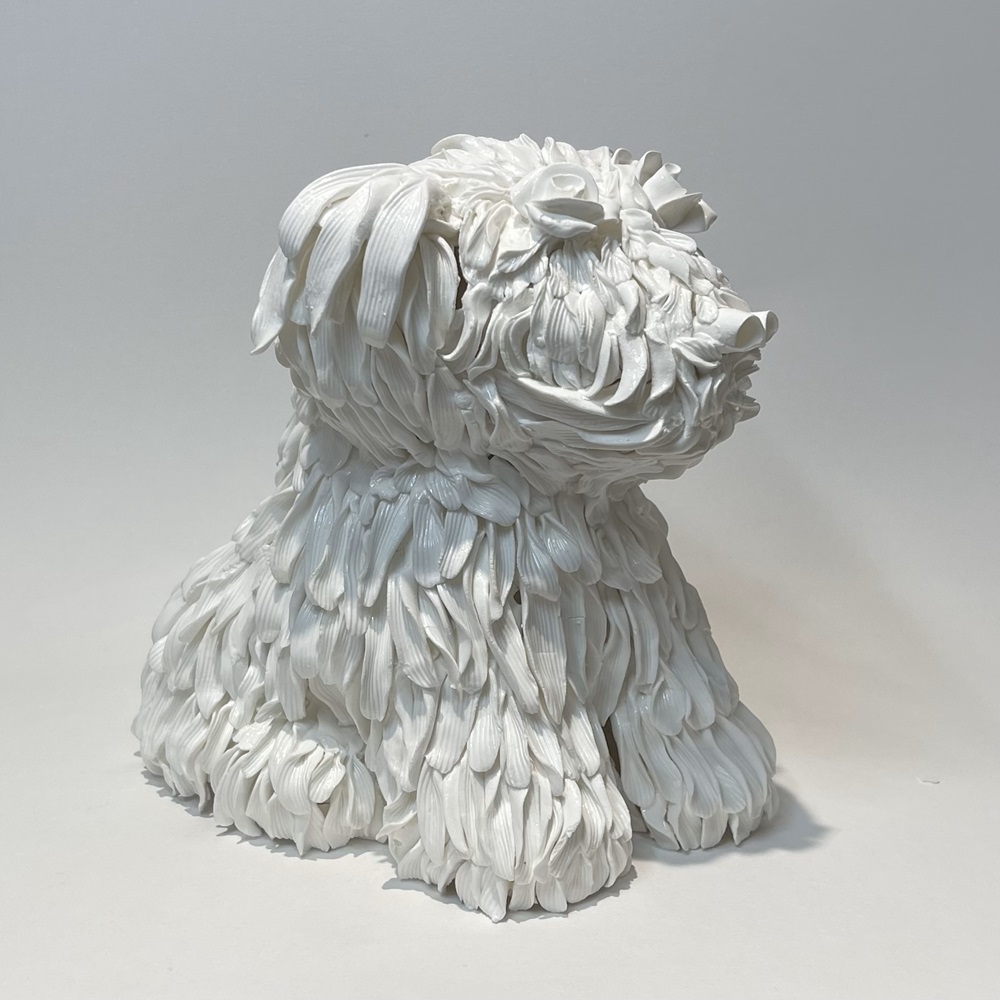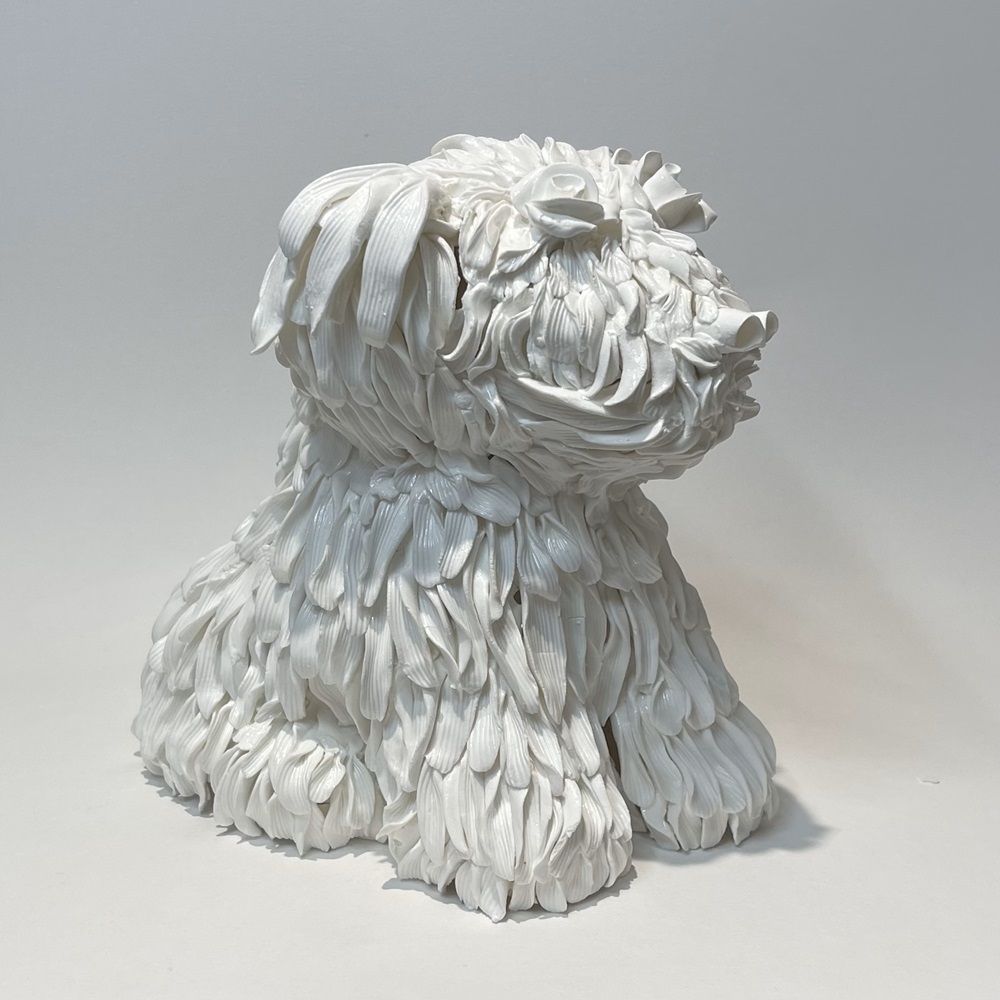Bone China clay consists of 50% bone ash, 25% china clay (kaolin), and 25% China stone (feldspar-rich granite). Thomas Frye developed what became known as bone china at his Bow porcelain factory in East London in 1748. During this period, fine porcelain was imported from China, which was expensive. Frye aimed to create his own fine porcelain by adding 45% cattle bone ash, sourced from local cattle markets and slaughterhouses in Essex. He called it “fine porcelain.” Despite its quality rivaling imported porcelain, the factory was not commercially successful.
Josiah Spode, the founder of the English Spode pottery, improved this fine porcelain formula between 1789 and 1791 by adjusting the recipe to include 50% bone ash, naming the clay “bone china.” This improved formula became a commercial success and established the standard recipe for bone china used ever since. Today, the largest producers of bone china are in China.
Adding bone to China clay and China stone made the porcelain whiter than any porcelain before. The bone ash gives the clay strength and translucency. If you hold a china plate up to light and can see light through it, you know it’s bone china. Bone china is the only clay that provides this translucency.
Bone china slip is still used for slip casting today. A few museums demonstrate the ancient art of china flower making. I have been a part-time demonstrator making china flowers at Coalport China Museum since 2004.
Bone China Flower Making Clay
The bone china clay that is used for flower making is the same recipe except it has gum arabic added to the clay to make it pliable. Gum arabic is made from the hardened sap of two species of acacia trees. Without gum arabic, bone china can only be used in slip casting, with gum arabic it can me used to make small flowers. But that is about all. You cannot sculpt or throw pots with bone china, it’s just for slip casting and flower making.
Adding bone to China clay and China stone made the porcelain whiter than any porcelain before. Also the bone ash gives the clay strength and translucency. If you hold a china plate up to light and can see the light through the plate, you know it’s bone china. Bone china is the only clay which gives this translucency quality.

Reviving Ancient Art: Crafting Modern Masterpieces with Bone China Clay
Today, I harness this ancient skill to craft intricate animals and contemporary objects. By blending time-honored techniques with modern creativity, I breathe new life into this historic art form, demonstrating the enduring beauty and versatility of bone china clay in today’s world.


